Related Research Articles
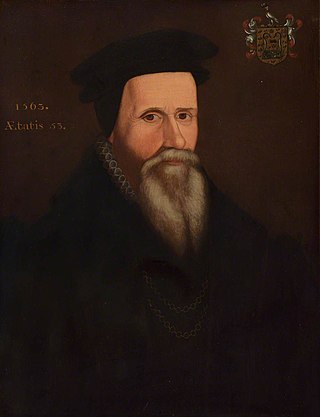
John Caius, also known as Johannes Caius and Ioannes Caius, was an English physician, and second founder of Gonville and Caius College, Cambridge.

Saint Catherine's Monastery, officially the Sacred Autonomous Royal Monastery of Saint Catherine of the Holy and God-Trodden Mount Sinai, is a Christian monastery located in the Sinai Peninsula of Egypt. Located at the foot of Mount Sinai, it was built between 548 and 565, and is the world's oldest continuously inhabited Christian monastery.

James Rendel Harris was an English biblical scholar and curator of manuscripts, who was instrumental in bringing back to light many Syriac Scriptures and other early documents. His contacts at the Saint Catherine's Monastery on Mount Sinai in Egypt enabled twin sisters Agnes Smith Lewis and Margaret Dunlop Gibson to discover there the Sinaitic Palimpsest, the oldest Syriac New Testament document in existence. He subsequently accompanied them on a second trip, with Robert Bensly and Francis Crawford Burkitt, to decipher the palimpsest. He himself discovered there other manuscripts. Harris's Biblical Fragments from Mount Sinai appeared in 1890. He was a Quaker.

Westminster College in Cambridge, England is a theological college of the United Reformed Church. Its principal purpose is training for the ordination of ministers, but is also used more widely for training within the denomination.

The Ascension Parish Burial Ground, formerly known as the burial ground for the parish of St Giles and St Peter's, is a cemetery off Huntingdon Road in Cambridge, England. Many notable University of Cambridge academics are buried there, including three Nobel Prize winners.

The Syriac Sinaiticus or Codex Sinaiticus Syriacus (syrs), known also as the Sinaitic Palimpsest, of Saint Catherine's Monastery, or Old Syriac Gospels is a late-4th- or early-5th-century manuscript of 179 folios, containing a nearly complete translation of the four canonical Gospels of the New Testament into Syriac, which have been overwritten by a vita (biography) of female saints and martyrs with a date corresponding to AD 697. This palimpsest is the oldest copy of the Gospels in Syriac, one of two surviving manuscripts that are conventionally dated to before the Peshitta, the standard Syriac translation.

William Branthwaite (1563–1619) was an English scholar and translator.

Francis Crawford Burkitt was an English theologian. As Norris Professor of Divinity at the University of Cambridge from 1905 until shortly before his death, Burkitt was a sturdy critic of the notion of a distinct "Caesarean Text" of the New Testament put forward by B. H. Streeter and others.
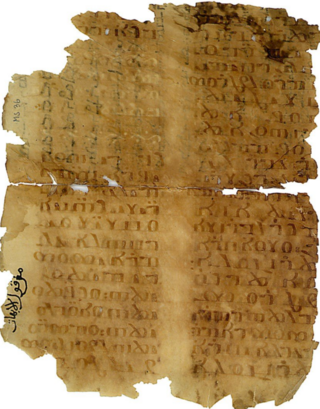
Christian Palestinian Aramaic was a Western Aramaic dialect used by the Melkite Christian community, probably of Jewish descent, in Palestine, Transjordan and Sinai between the fifth and thirteenth centuries. It is preserved in inscriptions, manuscripts and amulets. All the medieval Western Aramaic dialects are defined by religious community. CPA is closely related to its counterparts, Jewish Palestinian Aramaic (JPA) and Samaritan Aramaic (SA). CPA shows a specific vocabulary that is often not paralleled in the adjacent Western Aramaic dialects.

Agnes Smith Lewis (1843–1926) and Margaret Dunlop Gibson (1843–1920), nées Smith, were English Semitic scholars and travellers. As the twin daughters of John Smith of Irvine, Ayrshire, Scotland, they learned more than 12 languages between them, specialising in Arabic, Christian Palestinian Aramaic, and Syriac, and became acclaimed scholars in their academic fields, and benefactors to the Presbyterian Church of England, especially to Westminster College, Cambridge.

Codex Climaci rescriptus is a collective palimpsest manuscript consisting of several individual manuscripts underneath, Christian Palestinian Aramaic texts of the Old and New Testament as well as two apocryphal texts, including the Dormition of the Mother of God, and is known as Uncial 0250 with a Greek uncial text of the New Testament and overwritten by Syriac treatises of Johannes Climacus : the scala paradisi and the liber ad pastorem. Paleographically the Greek text has been assigned to the 7th or 8th century, and the Aramaic text to the 6th century. It originates from Saint Catherine's Monastery going by the New Finds of 1975. Formerly it was classified for CCR 5 and CCR 6 as lectionary manuscript, with Gregory giving the number ℓ 1561 to it.

Sir Thomas Gooch, 2nd Baronet (1674–1754) was an English bishop.

Gonville and Caius College, often referred to simply as Caius, is a constituent college of the University of Cambridge in Cambridge, England. Founded in 1348 by Edmund Gonville, it is the fourth-oldest of the University of Cambridge's 31 colleges and one of the wealthiest. In 1557, it was refounded by alumnus John Caius. The college has been attended by many students who have gone on to significant accomplishment, including fifteen Nobel Prize winners, the second highest of any Oxbridge college.
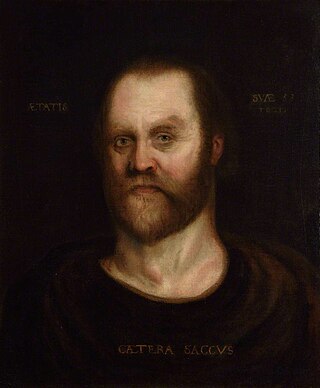
John Gostlin was an English academic and physician, Master of Gonville and Caius College, Cambridge from 1619 and Regius Professor of Physic.
William Rougham was the second master of Gonville Hall, Cambridge from c. 1360. He had been a fellow of the college since the 1350s and was Bachelor of Medicine by 1366. He was also a priest with livings in the Diocese of Norwich and was a personal physician to Henry le Despenser, Bishop of Norwich.

Neil McKendrickMA FRHistS was the 40th Master of Gonville and Caius College, Cambridge. He is now a life fellow of the college.
Thomas Bacon was the fifteenth master of Gonville Hall, Cambridge from 1552.
Cecil Bendall was an English scholar, a professor of Sanskrit at University College London and later at the University of Cambridge.
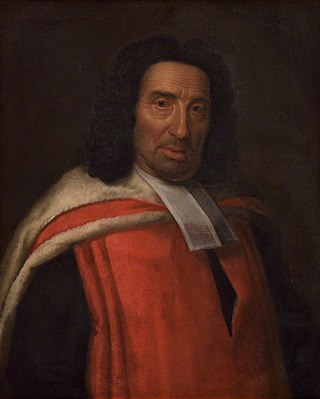
Sir John Ellys or Ellis (1634?–1716) was an English academic, Master of Gonville and Caius College, Cambridge from 1703.
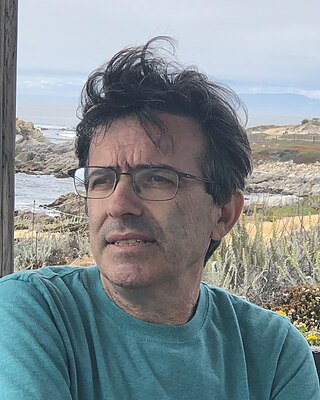
Reviel Netz is an Israeli scholar of the history of pre-modern mathematics, who is currently a professor of classics and of philosophy at Stanford University.
References
- 1 2 Bendall 1901.
- ↑ "The Late Mr H W Brewer". The Norfolk News. 24 October 1903.
- ↑ "Bensly, Robert Lubbock (BNSY851RL)". A Cambridge Alumni Database. University of Cambridge.
- ↑ Soskice, Janet (2010) Sisters of Sinai: How Two Lady Adventurers Found the Hidden Gospels. London: Vintage, 146 - 187
- ↑ Barbara Wall, ed., PRG 88/7/1-122 Letters by Catherine Helen Spence to Alice Henry 1900-1910 , State Library of South Australia, 2010.
- ↑ Nick Harvey, Jean Fornasiero, Greg McCarthy, Clem Macintyre and Carl Crossin, eds., A History of the Faculty of Arts at the University of Adelaide 1876-2012 , University of Adelaide Press, 2012.
- ↑ The University of Adelaide Calendar 1990-1991, Vol. 1, The University of Adelaide, 1992, p. 152.
- ↑ Cambridge University Press, Our Journey to Sinai: A Visit to the Convent of St Catarina, Agnes Bensly
- ↑ GoodReads website, Our Journey to Sinai: A Visit to the Convent of St Catarina, by Agnes Bensly
- Attribution
 This article incorporates text from a publication now in the public domain : Bendall, Cecil (1901). "Bensly, Robert Lubbock". In Lee, Sidney (ed.). Dictionary of National Biography (1st supplement). London: Smith, Elder & Co.
This article incorporates text from a publication now in the public domain : Bendall, Cecil (1901). "Bensly, Robert Lubbock". In Lee, Sidney (ed.). Dictionary of National Biography (1st supplement). London: Smith, Elder & Co.